How To / Breathwork
6 years ago by
About five years ago, I signed up for my first full moon circle on a whim at the local yoga studio. At that time in life, work was boring, I was plateauing in my yoga practice, and this vague newsletter invitation to gather under moonlight with like-minded, moon-obsessed weirdos sounded like it would, at the very least, distract me from this funk and at the most, make me feel alive again. I had no idea what to expect, and in retrospect that was probably for the best.
Unbeknownst to me, our guide Desiree Pais, was about to lead us through two hours of chanting and breathwork from Kundalini teachings, in what was a bonafide transformative experience. “Did you take drugs at this ceremony?” my then-boyfriend asked when I came home, giddy and care-free. Nope! All we did was breathwork, chanting, and a few visioning exercises to set goals and release limiting beliefs. That said, a common side effect of certain types of breathwork is “feeling high,” so he was onto something.
Breathwork is a term that, for better or for worse, has been consigned to the new age. Any manipulation or conscious control of the breath falls under the breathwork umbrella. Many, many kinds of breathwork are practiced in the world today. The most famous is probably Wim Hof, the “iceman” who has broken many world records—26 in fact—many of which are powered by his breathing. Then there’s holotropic breathwork, which is not unlike hyperventilation, shamanic breathwork, rebirthing, yoga and pranayama, Kundalini… the list is long. Too long to complete here. And interest in breathwork is growing. A quick check on Google trends reveals how interest in breathwork has grown significantly over the last five years—a sign that, perhaps, we’re seeking to make change.
The draw of breathwork is its ability to shift the body’s physical state. In a funk? Catch a huge release with breathwork. Too stressed to function? Settle down with calming breathwork. Brain fog? There’s a mind-clearing breathwork exercise for that, too. “Breathwork is foundational to any mindfulness practice,” said Dr. Tiffany Lester, medical director of functional medicine center Parsley Health and medical advisor at The Nue Co. The lungs are the only organs whose function can be voluntarily taken over by our minds. With the instance of a thought we can choose to turn on our ability to control the breath, which is not the case with digestion, heart beat, and brain function… being able to engage with our bodies in that way can be life-changing. And the benefits and effects are finally starting to be studied at legit research institutes like Yale. For instance, they found in this study that breathwork can have beneficial effects on the immune system, and could be helpful for people struggling with autoimmune disease.
“It activates our parasympathetic nervous system via our vagus nerve to aid us in relaxing our overtaxed adrenal glands,” Dr. Lester said. “The primary benefits include managing anxiety and chronic stress, improving insomnia, and lowering blood pressure/heart rate.”
Not all of it is clinical though! Breathwork is simply a state-changer. May I suggest a few techniques that are simple, accessible, and portable—you can do them almost anywhere you can sit or lie down—from my yoga toolbox? The best part about breathwork is that it’s free and can be done nearly anywhere. These a few of my favorites:
Nadi Shodhana—pronounced nah-dee show-dahn-ah—is excellent for calming down in a moment of acute stress, or as a regular practice if you’re prone to anxiety. If it feels a little ridiculous and a little annoying the first time (or the fiftieth, let’s be honest), you’re doing it right. It takes patience to settle in, but stick with it.
– Find a comfortable seat.
– Raise your right hand to your face, gently place your thumb on the outside of your right nostril and your ring finger on the outside of your left nostril. You can rest your “peace sign” (forgive me) middle and index fingers on your forehead in between your eyebrows. The light pressure should feel like a mini massage. The ring finger can be on the nostril too, or resting off to the side if it’s too much.
– Apply gentle pressure to your ring finger to plug your left nostril, and inhale through the right nostril only.
– Switch nostrils. Remove your ring finger from your left nostril and plug your right with your thumb. Once you’re plugged, exhale out of the left nostril.
– Inhale into the left nostril, with the right still plugged.
– Switch nostrils, releasing the thumb from your right nostril and applying gentle pressure with the ring finger to your left nostril. Once the left nostril is plugged, exhale out of your right nostril.
– Inhale with your right nostril.
Continue breathing like this for five or ten minutes to soothe the nervous system and clear your mind. When you’re finished, breathe normally for a few moments before getting up and going.
– Find a comfortable seat or lie down on your back with knees bent and feet on the floor.
– Before changing anything about your breath, notice it. Notice the quality of your inhales and exhales without judging them. Are they fast and shallow or slow and deep? Take stock of where you are. Then begin the technique.
– Inhale through your nose on a count of four filling up your lungs.
– Hold your breath at the top for a count of four.
– Exhale, emptying out completely for a count of four.
– And hold on empty for a count of four.
– Continue this cycle for five or ten minutes, until you feel calm and settled.
As you practice and become more advanced, you can play with extending the count to five or six. And if you want further the experience with a beautiful visualization, imagine each part of the breath is a season. The inhale is spring as flowers and greenery rise and grow. The pregnant pause (breath hold) at the top is summer, ripe and juicy. The exhale is autumn, a shedding, a release, and a harvest. And the pause on empty is winter, fertile ground to start anew.
Skull shining breath, also known as Kapabhati, does exactly what it sounds like: It’s designed to clear the mind by bringing fresh oxygen to the system quickly. It’s often conflated with breath of fire, a Kundalini technique, but they’re not the same. The exhale is the main point of difference. In breath of fire, the exhale is as forceful as the inhale, which is not the case with skull shining breath.
– Find a comfortable seat.
– Watch a few cycles of breath without manipulating it.
– All breath in Kapalabhati goes in and out through the nose.
– The exhale is short and sharp out through the nose—like a disgruntled sniff—while the inhale is passive. The emphasis is on the inhale.
– As you exhale, your abdomen contracts, as the belly button snaps in and up toward your spine. If you were to observe the belly in Kapalabhati, it’d look like a pulsing orb.
– Do this quick breath for a count of 50 exhales. Breathe normally and begin again for one or two more rounds, or until you’ve had enough.
If you feel light headed or dizzy at any point, please stop! When you’re doing breathwork, know you have the agency to stop and return to your normal breath.
The diaphragm is a gorgeous parachute-shaped sheet of muscular tissue that separates our innermost organs from the lungs. It helps us breathe deeply and connect to several fascial lines in the body, which makes diaphragmatic breathing a powerful tool. It’s been linked to increased core strength, better lung capacity, and lower blood pressure and heart rate.
– Lay down on a comfortable surface. Feel free to add a pillow under your head and your knees if that’s comfortable, or keep the knees bent with feet flat on the ground.
– Rest your hands on your abdomen—it’ll keep you connected to your breath.
– Take a big inhale through your nose, filling your lungs as much as you can. Your belly will rise underneath your hands.
– On the exhale, make a “shh” sound and extend it as long as you can without feeling uncomfortable. As you exhale, your belly will fall and your ribs will contract. Imagine the belly button coming in toward the spine as you actively engage the core, narrowing it toward your center while you’re making the “shhh” sound.
– In between breaths, you can take a moment to breathe normally if needed. Otherwise, cycle right into the next deep inhale.
– Start with five breaths, building up to five or ten minutes of diaphragmatic breathing a day.
The breath is alchemical and can activate or agitate the body’s natural rhythms. Pregnant women should avoid breath retention entirely, and anyone with existing medical issues should talk to their care provider about breathwork before doing it. It’s better to be safe with our health!

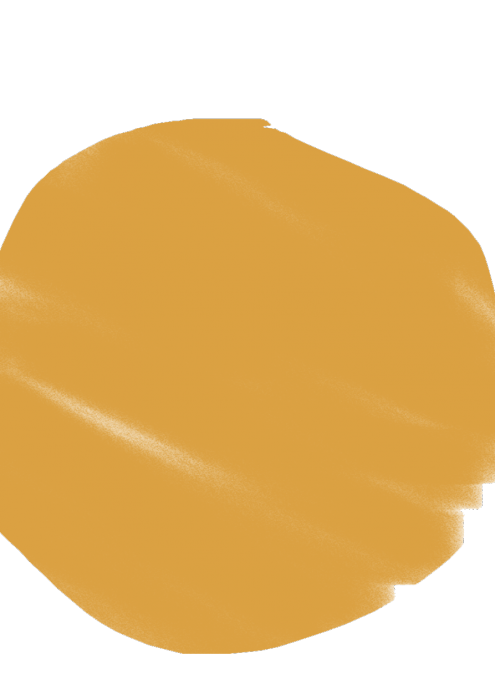
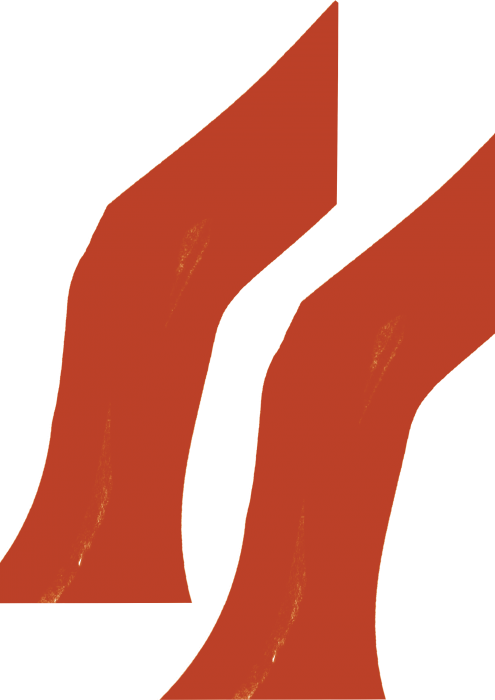
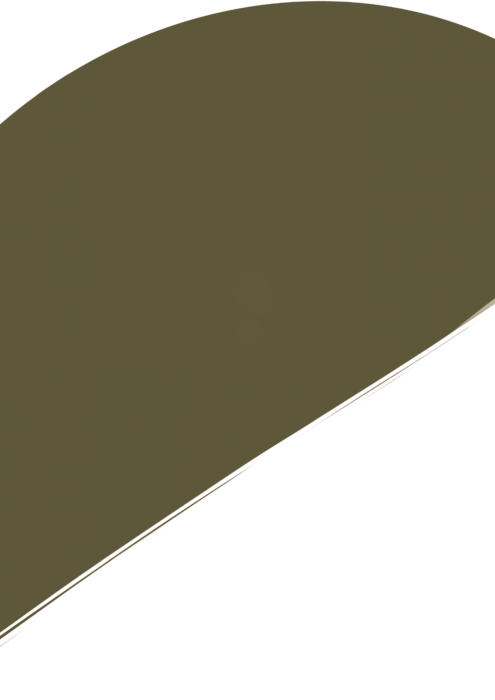
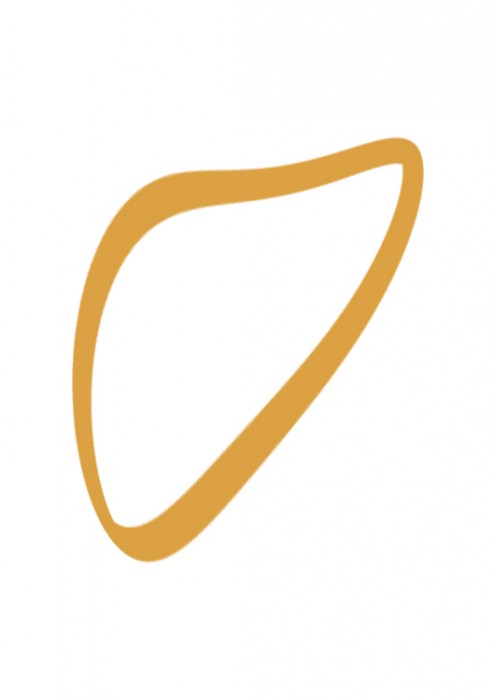


























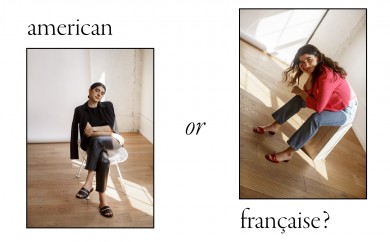
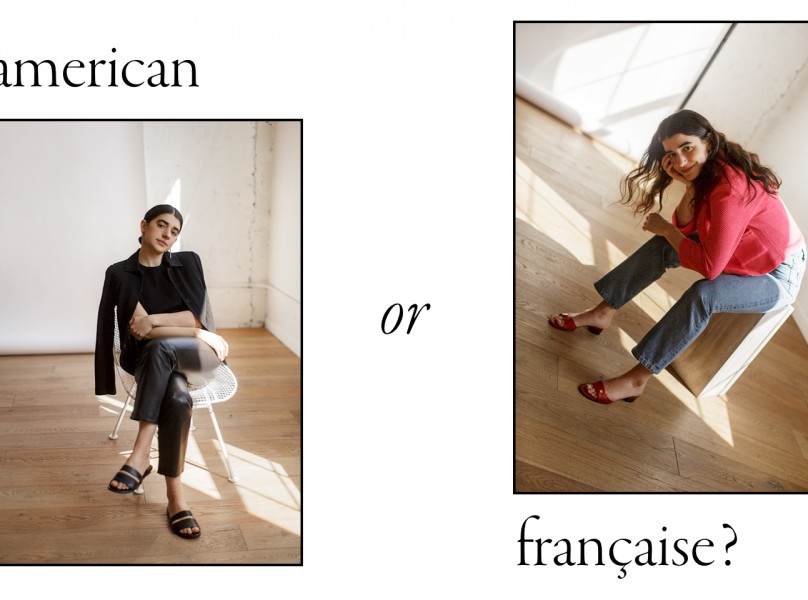






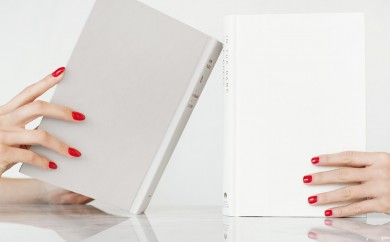
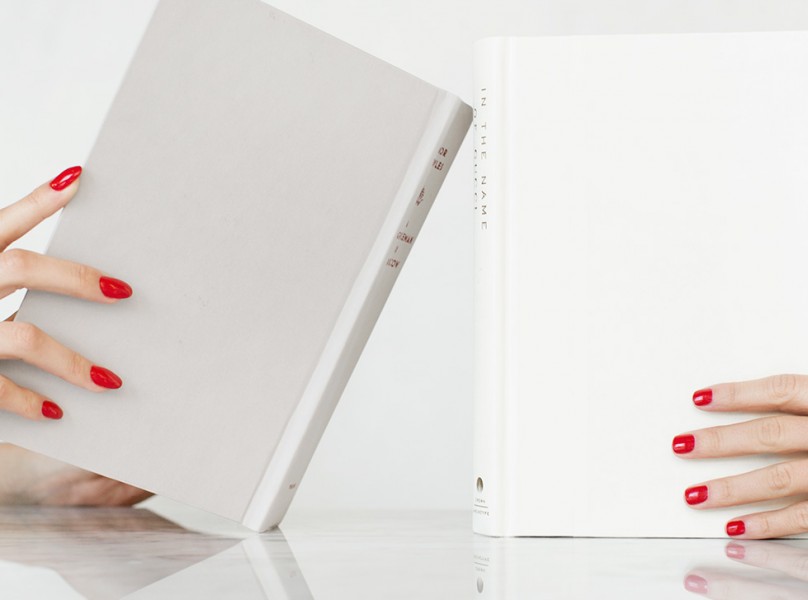














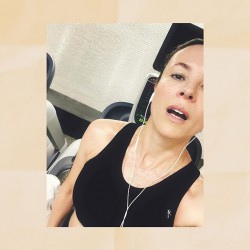







Love this! Feels so synchronous because I only just learned about breath-work from my good friend who’s been doing it for a few months now and has noticed a huge shift in her mental health! Being someone who struggles with depression and knowing that she does too really intrigued me to try it out. Thanks for all of this information. It’s such a great tool and resource that I know I’m going to bookmark and come back to.
Awsome! Thank you so much for this, I’m on it: print ->practice->everywhere
:D